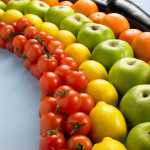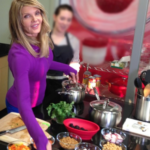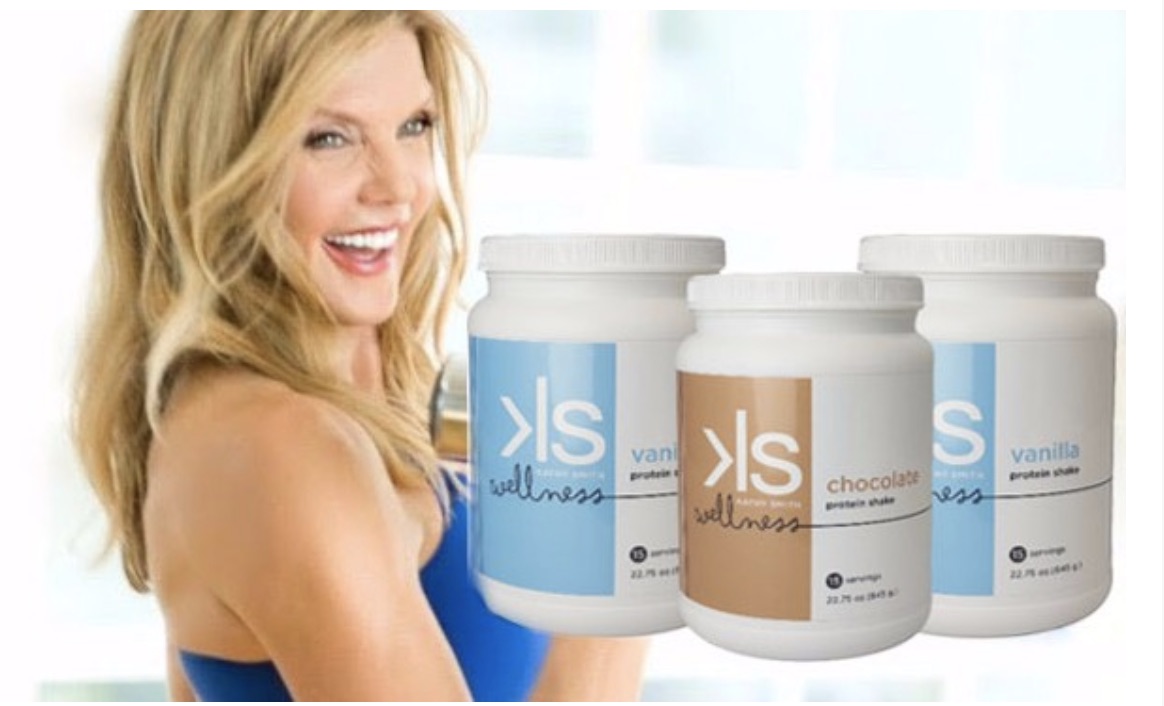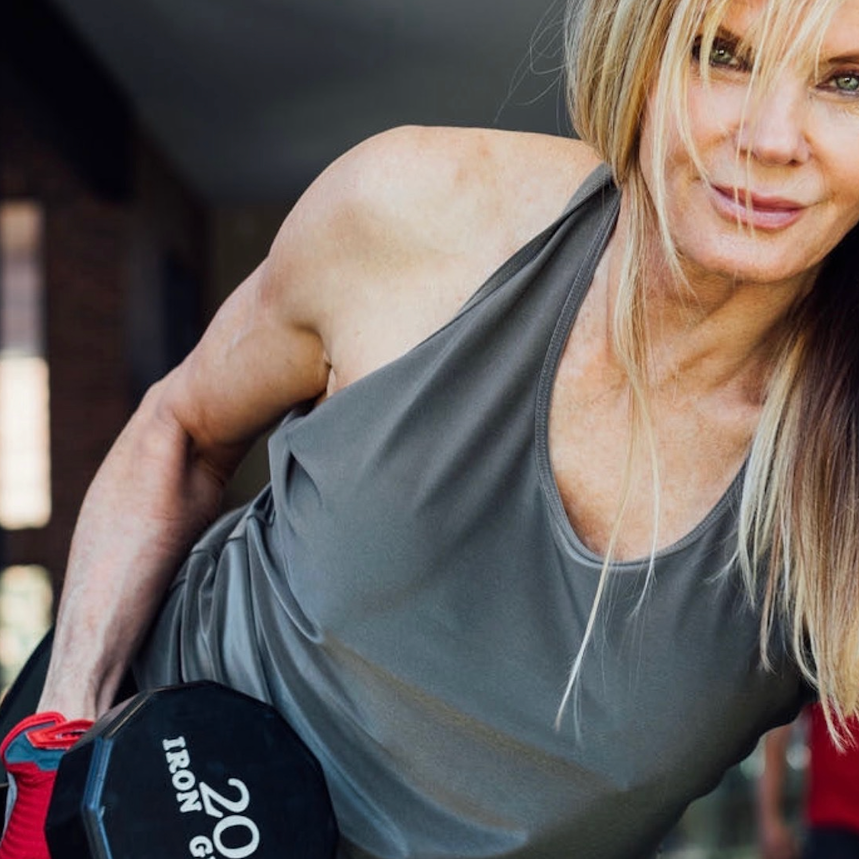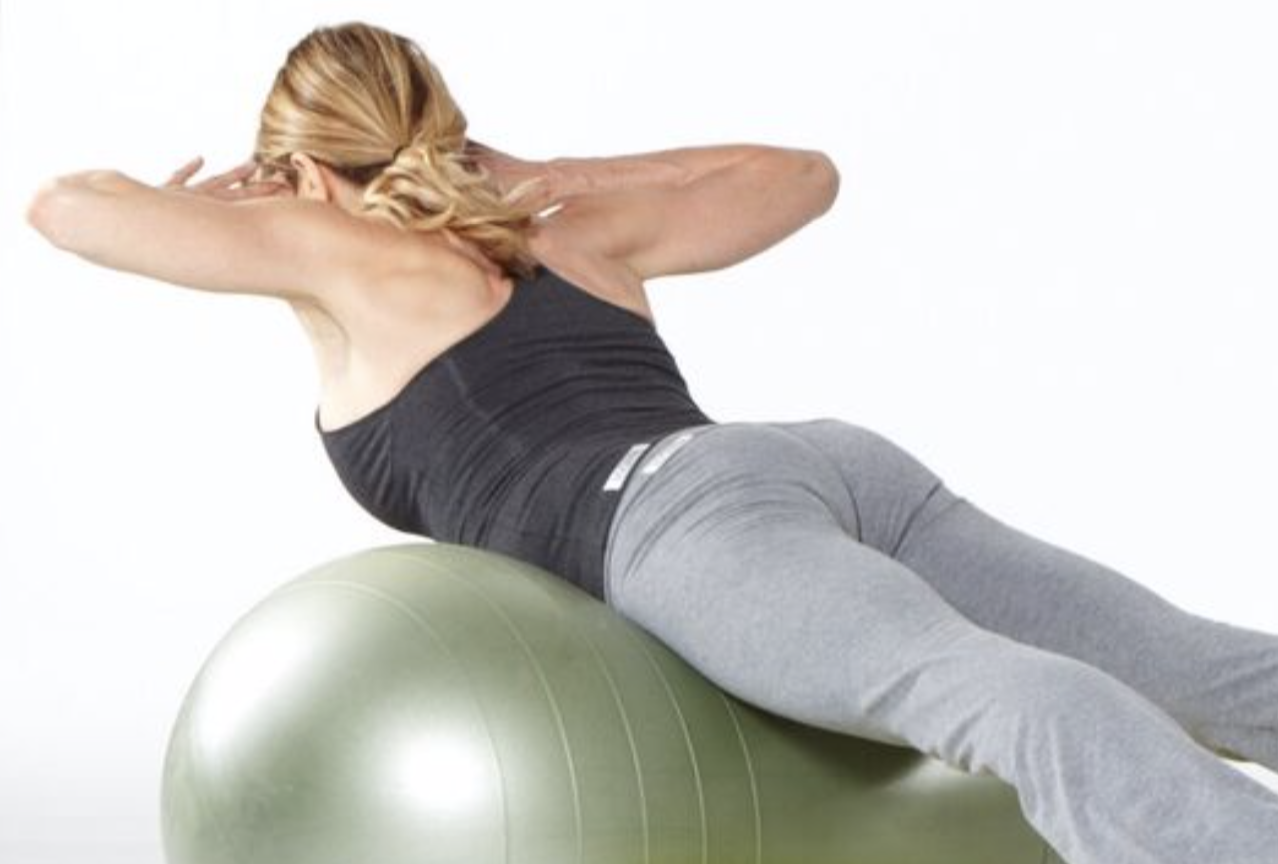The Best Daily Eating Cycle
Alan Christianson: You asked about the carb cycling. I’ll go into that. Modern life is a perfect storm to wreck our adrenals. We have food that’s way too high in fructose, way too low in fiber, too sparse in many micronutrients, too high in a lot of weird chemicals and, then, we live inside environments that are seething with synthetic chemicals that disrupt the adrenals. We have artificial lights. We have things that are too loud and we’ve got too many distractions. These are all factors I realize that of all the things that affect the adrenals, we can’t change all of it. If there’s any way that we can lower our chemical burden and age cleaner and take care of our daily cycles, those are good steps.
The cool thing I realize is that you can do a food hack almost. You can use a strategy of changing the ratio of your carbs and your fats and proteins throughout the day just to help reset the glands and make them work better again. Here’s the basic idea just briefly how the adrenals govern blood sugar. Cortisol’s the only one that does that. When cortisol’s good, you’re making it to wake you up and shutting it off to let you go to sleep. Cortisol is also used to raise your blood sugar, when it’s too low.
Apart of having some genetic defects, if we don’t eat for a few hours, we’re not going to die. We’re going to use cortisol to pull some sugar out of our liver, out of our muscles or if we’ve not eaten many carbs recently, we’ll actually break down our muscles themselves. Anyway, we’re going to make sure. We’re going to make glucose, and cortisol helps us do that.
So, I thought this through and I realized if you want high cortisol in the morning and low blood sugar and generous cortisol output, then you still need to eat in the morning, but that would be a good time to have less total carbs. You can support your body having lower insulin and, then, having your healthy cortisol daily spike. Then, the exact opposite is true at night time. That’s when you really want cortisol to shut down and some appropriate good healthy carbs that can help cortisol turn off at night and let you sleep better and let your body go into more of a fat-burning mode as you’re sleeping.
Kathy Smith: So, eating more protein in the morning, emphasizing a few more carbohydrates at night. With that kind of diet, give me a typical eating day in the life of Dr. Alan Christianson. What is your breakfast? Give me a snapshot of breakfast, lunch, dinner type things to maximize your adrenal function and energy, obviously.
Alan Christianson: Breakfast, one of two tracks. I do shakes probably five out of seven days. That’s a really easy thing. There’s good ones that are clean and well-absorbed. You get a good shake as well. You want ones that have some fiber that avoids sugar, and they’re such an easy option. Because you want to get a substantial amount of protein, there’s a shortlist of foods.
Most of the things you get on a common breakfast menus really don’t cut it. Even protein foods like some think about like dairy and eggs, they are not very easy to get to a target of 24 or more grams of protein for breakfast unless you have four eggs, which can be a fair amount of fat otherwise.
I’ll do shakes or I’ll do, typically, sardines. That’s one of my favorite breakfasts. I’ll do a can of sardines and a small buckwheat cracker, some fermented vegetables, some greens. That’s one favorite.
Kathy Smith:Let me interrupt. I’m coming to your house if we have the protein shake. I think I’ll skip the day you have sardines. It’s so funny. I know it’s such a healthy food, but it’s one that I just cannot get over the look of the sardines; although, one of the things I do is salmon. I’ll just have some left-over salmon from the night before or something like that, but I have to say I’m going to skip your sardine breakfast. I’m sorry.
Alan Christianson: Smoked salmon works great too. Sardines, you love them or hate them. But, honestly, the data about the benefits of seafood is overwhelming. There’s two drawbacks about seafood and that’s you’ve got to think about contaminants and you’ve also got to think about sustainability. Both of those concerns are relevant to how large the fish’s mouth is. It’s a really simple, tactical thing. The bigger the fish’s mouth is, the higher up the food chain it’s eating. So, the tiny things are cleaner and they’re more sustainable for the oceans. They also happen to be the densest in nutrients. I know there are many that wouldn’t be an option for them, but if it is, they’re the best foods for a lot of reasons.
Kathy Smith: My take away is I’m going to try it. No, I haven’t tried it for a while but given that new information, I think I’ll give it a try. I’ll let you know if I can. I’ll try the crackers. I think part of it is the texture, and I think with the crackers or something, it can make the texture a little crunchier for me.
Alan Christianson: There’s some newer crackers that are made 100% from buckwheat, which is not wheat as you would know, but it’s crazy healthy non-grain food that’s rich in bioflavonoids and rich in fibers. That’s my favorite combination.
Lunch, the real basis of my lunch is a salad. I’ll include, strategically, along with its routine salad vegetables and greens, I’ll include roughly half a cup of legumes. I’m a big fan of adzuki beans. Black beans are also really good. Chickpeas work great. I love pintos. So, about half a cup of those and, also, some lean protein along with that. Poultry works well. Even some salmon, that’s a great one too. That’s a typical lunch.
Then, dinner, I’ll do similar things to the lunch but often more like a stir fry. I personally just like my cooked things in the evenings, so, I’ll sauté up some vegetables and tons of garlic and ginger and turmeric and just seasonings. Actually, I can do a lot of spicy. I also do a lot of cayenne and different chili peppers – serrano, habaneros. Then, also, some protein. I try to mix it up with different versions from what I had earlier in the day and some good carbs. Quinoa is a favorite. I love wild rice. I’m a Minnesota boy. I grew up on wild rice. I’ll do a larger volume at night.
If I’m more in a weight maintenance mode and I’m not doing a lot of intense training, probably three-quarters of a cup or so. If I’m training heavier, I might do as much as a cup or a bit more, but that will be my highest amount of carbohydrates at the evening meal.
Kathy Smith: Ok, I didn’t notice any desserts in there. Where do we go for our desserts?
Alan Christianson: Some figs here and there. I don’t do a ton. Honestly, if I were someone that had an easy time maintaining my weight or fitness, I’d probably give myself some more leeway, but I’m not. You hear about the Biggest Loser show. I promise, Kathy, if there was a Biggest Gainer show, I could win that. I guarantee I could.

